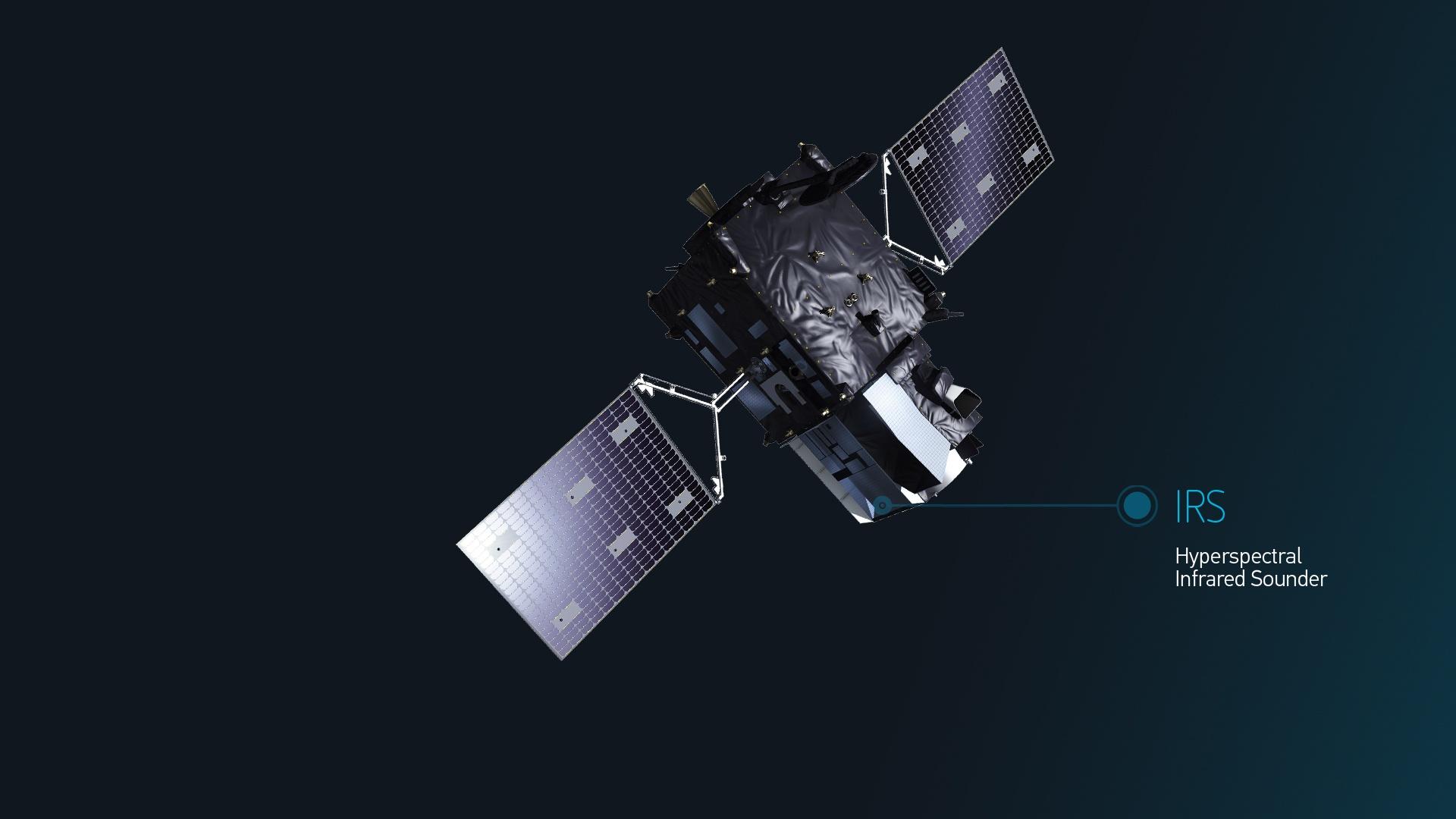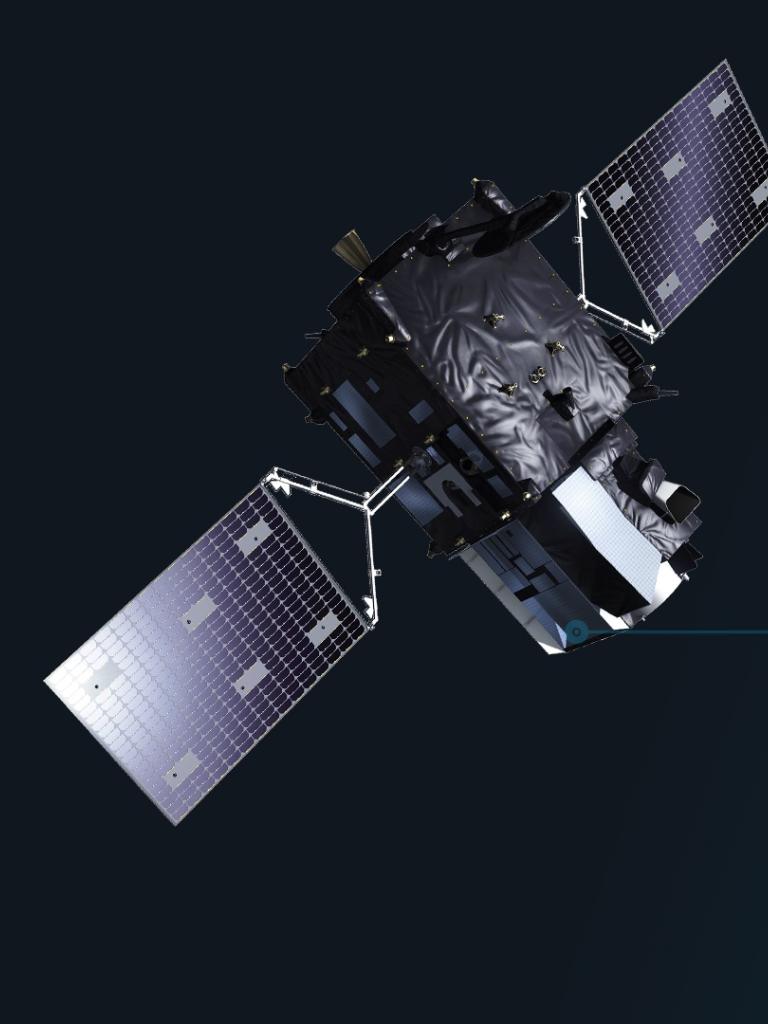28 March 2023
08 February 2021
This dataset and associated analysis addresses the fact that the MTG-IRS measurements at the edge of the disc have high satellite zenith angles. In these cases, the atmosphere observed by the instrument follows a so-called slant path, which means that the geolocation of the field of view can be different from the geolocation of the atmosphere further up on the slant path. Furthermore, the sensitivity of the instrument to the atmosphere at varying heights is affected by the sensing geometry.
Objectives
The purpose of this study was to characterise the expected impact of the sensing geometry on the averaging kernels and retrieval precision of profiles of T, W and O. This characterisation was based on cloud free simulations using RTTOV-12, for which MTG-IRS coefficients valid for zenith angles up to 85° were available.
Overview
The results shown in Figure 1 show that, on average, most of the O, W and T retrieval errors are relatively stable and constant when the satellite zenith angle remains below 60°. Some disparities are observed between tropical regions and mid-latitudes. However, these differences are essentially linked to the meteorological variations of the scenes considered. Indeed, in the tropics the atmosphere is more unstable, with convective phenomena being more strongly pronounced than at mid-latitudes. This stronger convection is associated with higher water vapour content and greater temperature gradients, leading to a higher risk of retrieval error. This is typically what was observed in the results. The ozone error is also correlated to geographic areas, whereby the largest errors were found in the polar region.
Of particular note was the evaluation of retrieval errors of profile estimates (Figure 2). It was noted that the bottom of the retrieved profile (from the surface up to 500 hPa) is systematically of lower quality when the satellite zenith angle is very high (SatZA = 85°) compared to that obtained at nadir. On the other hand, the top of the temperature profile (pressure > 500 hPa) is systematically of better quality at a very high satellite zenith angle than at nadir.
This indicates that at high satellite zenith angle, the IRS channels are not sensitive to surface properties. This would explain the larger errors found at the bottom of the profile and the fact that the top of the profile is of the same or higher quality as at nadir. Indeed, if the retrieval were less constrained by the surface, more freedom at the top of the profile would be left, potentially leading to a product more in agreement with channels strongly sensitive at high altitudes.
Further details of this study can be found in the Study Report below.




